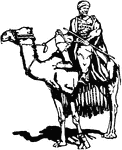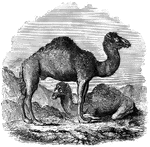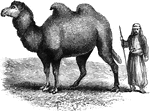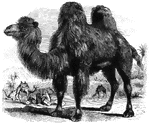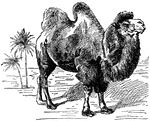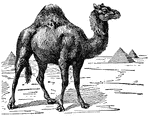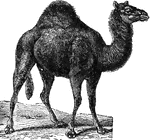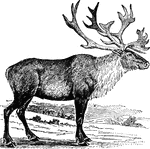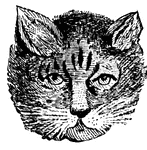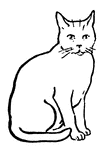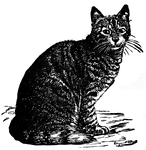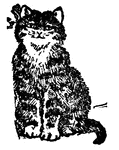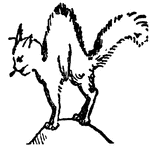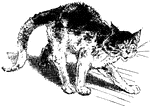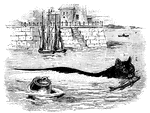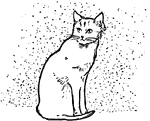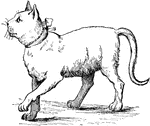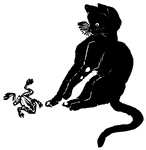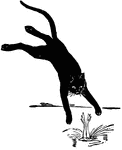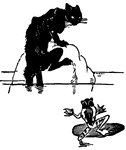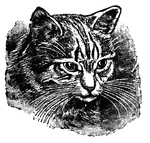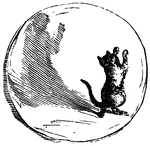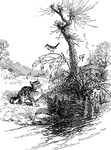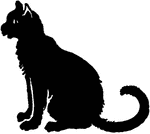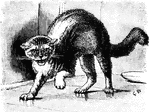The Mammals: C ClipArt gallery contains 162 illustrations of mammals starting with the letter "C" including: camel, capybara, caribou, cat, cattle, cavy, chamois, cheetah, chimpanzee, chinchilla, chipmunk, civet, coati, cougar, cow, coyote, coypu, ctenomys, and cynogale.
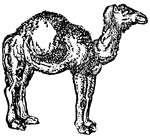
Camel
Two-humped camels are found in Central Asia, while one-humped camels are domesticated and found in Arabia…
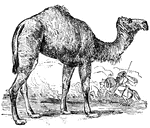
Camel
Two-humped camels are found in Central Asia, while one-humped camels are domesticated and found in Arabia…
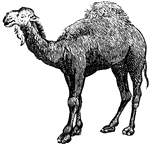
Camel
Two-humped camels are found in Central Asia, while one-humped camels are domesticated and found in Arabia…
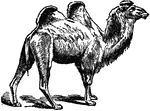
Camel
"Camel is a genus of ruminant quadrupeds, characterized by the absence of horns; a fissure in the upper…
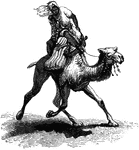
A Swift Camel
A swift camel, also referred to as a dromedary. The camel is an exceedingly large quadruped that was…

Bactrian Camel
The Bactrian Camel (Camelus bactrianus) is a large even-toed ungulate native to the steppes of north…
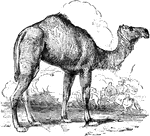
Dromedary Camel
The one-humped or dromedary camel is an ungulate distinguished by the hump on the animal's back.
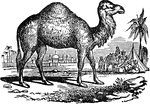
Dromedary
"A name sometimes given, probably at first through mistake, to the Arabian or one-humped camel, bu properly…
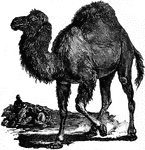
Dromedary
The Dromedary camel (Camelus dromedarius) is a large even-toed ungulate. It is often referred to as…

Dromedary, two-humped camel
A cud-chewing animal of the Old World, especially adapted by nature to travel waste deserts with scarcity…

Camels
Camels are even-toed ungulates. The dromedary or one-humped camel has a single hump, and the Bactrian…

Capybara
The capybara is the largest member of the rodent family. Its shape is like that of the pig. Its feet…
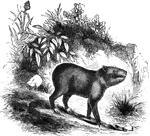
Capybara
"It measures three feet from muzzle to the hinder part, but has no tail. The general shape of the body…

Capybara
The world's largest rodent, it has webbed feet and is usually in the water or along the shore of a river…
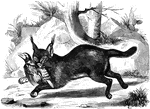
Caracal
"The Caracal, or Siyah Ghush, F. Caracal, is supposed by some to be the lynx of the ancients.…
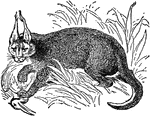
Caracal with Prey
"Caracal, a species of lynx; a native of Northern Africa and Southwestern Asia. It is about the size…

Cat
The domestic cat has teeth made to tear and cut flesh, and the tongue is dry and rough like a file,…
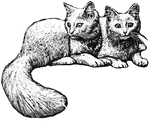
Cat
The domestic cat has teeth made to tear and cut flesh, and the tongue is dry and rough like a file,…
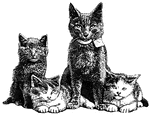
Cat
The domestic cat has teeth made to tear and cut flesh, and the tongue is dry and rough like a file,…
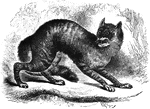
Caffre Cat
"F. Caffra , is about two feet long; its tail is long and bushy; its ground-color and of a…
